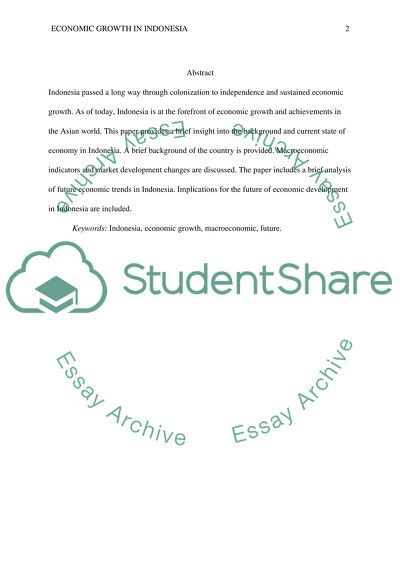Cite this document
(Future Economic Trends in Indonesia Term Paper Example | Topics and Well Written Essays - 1750 words, n.d.)
Future Economic Trends in Indonesia Term Paper Example | Topics and Well Written Essays - 1750 words. Retrieved from https://studentshare.org/macro-microeconomics/1581947-economic-growth-in-indonesia
Future Economic Trends in Indonesia Term Paper Example | Topics and Well Written Essays - 1750 words. Retrieved from https://studentshare.org/macro-microeconomics/1581947-economic-growth-in-indonesia
(Future Economic Trends in Indonesia Term Paper Example | Topics and Well Written Essays - 1750 Words)
Future Economic Trends in Indonesia Term Paper Example | Topics and Well Written Essays - 1750 Words. https://studentshare.org/macro-microeconomics/1581947-economic-growth-in-indonesia.
Future Economic Trends in Indonesia Term Paper Example | Topics and Well Written Essays - 1750 Words. https://studentshare.org/macro-microeconomics/1581947-economic-growth-in-indonesia.
“Future Economic Trends in Indonesia Term Paper Example | Topics and Well Written Essays - 1750 Words”. https://studentshare.org/macro-microeconomics/1581947-economic-growth-in-indonesia.


